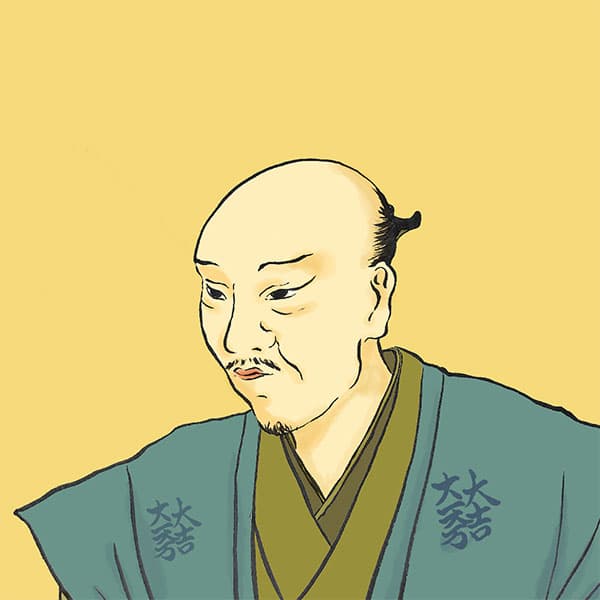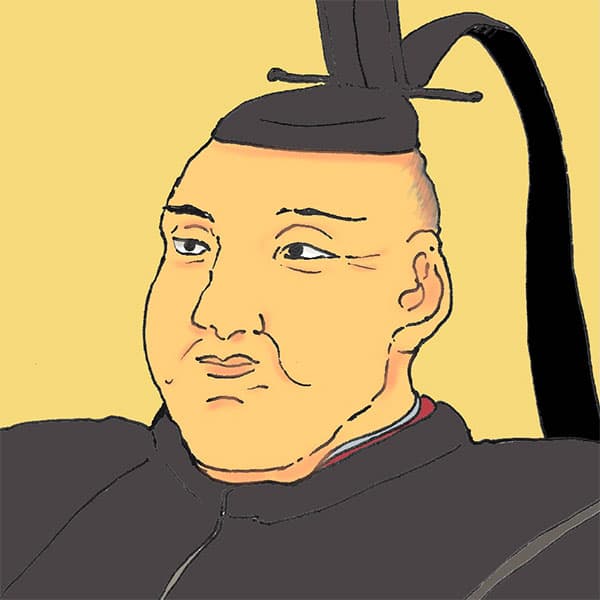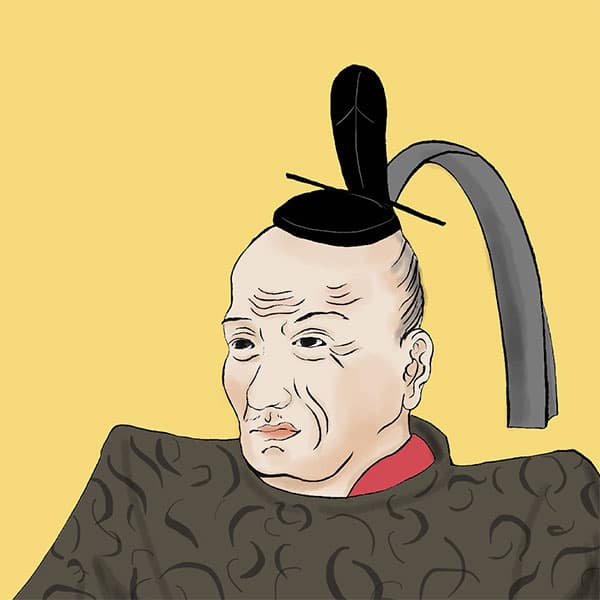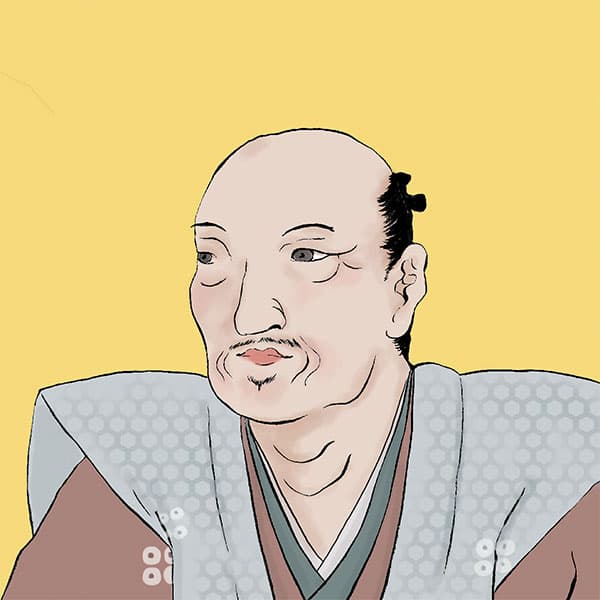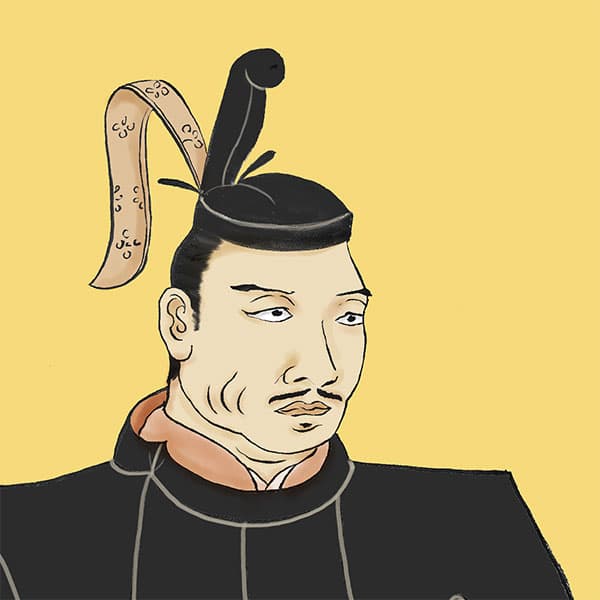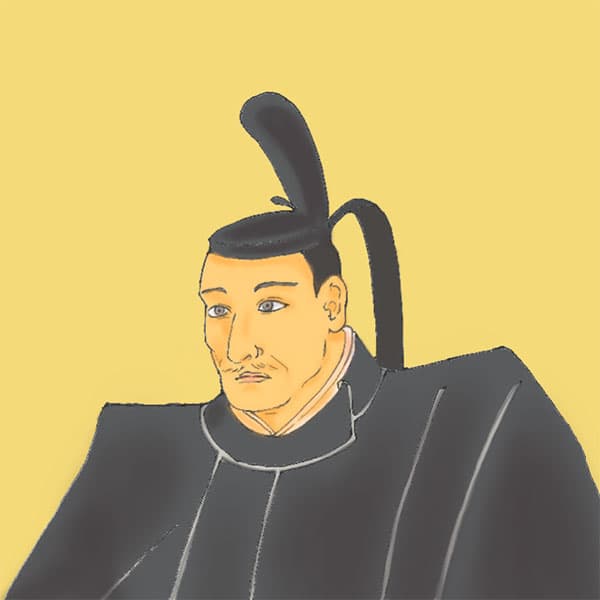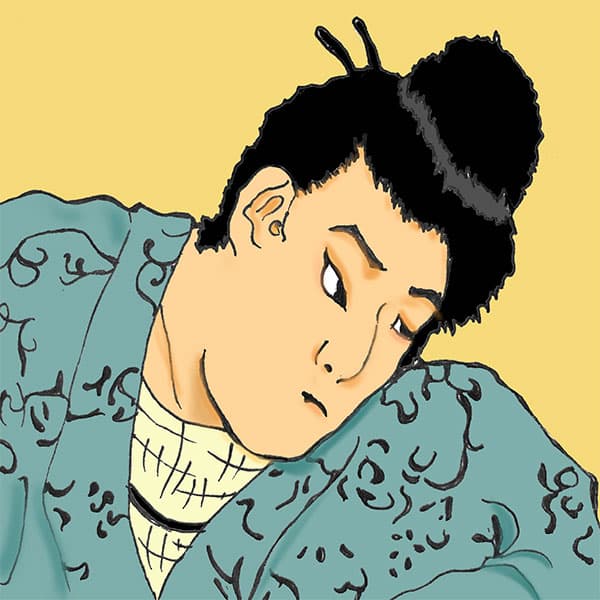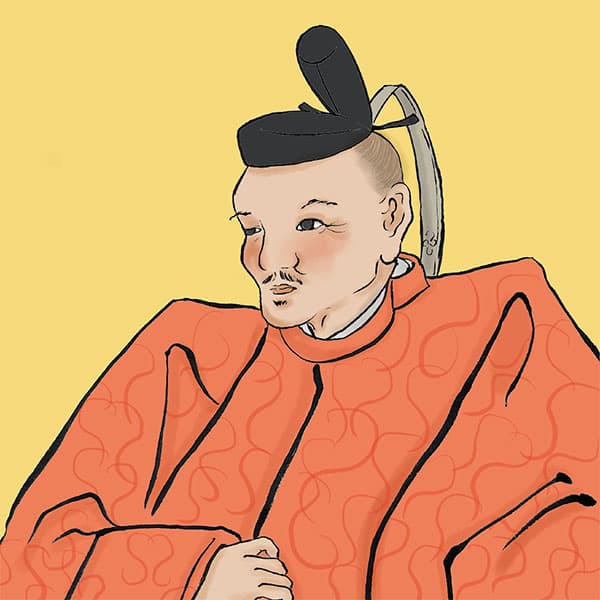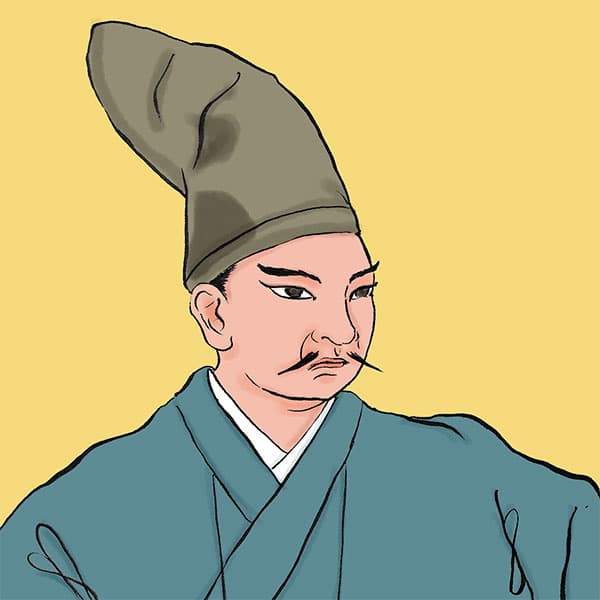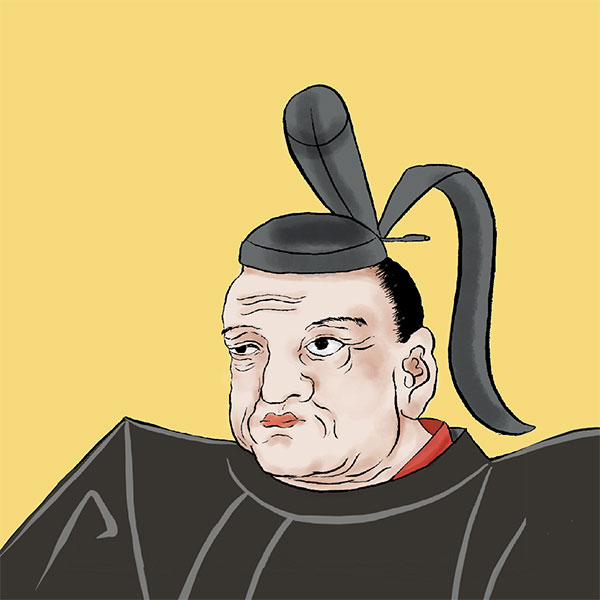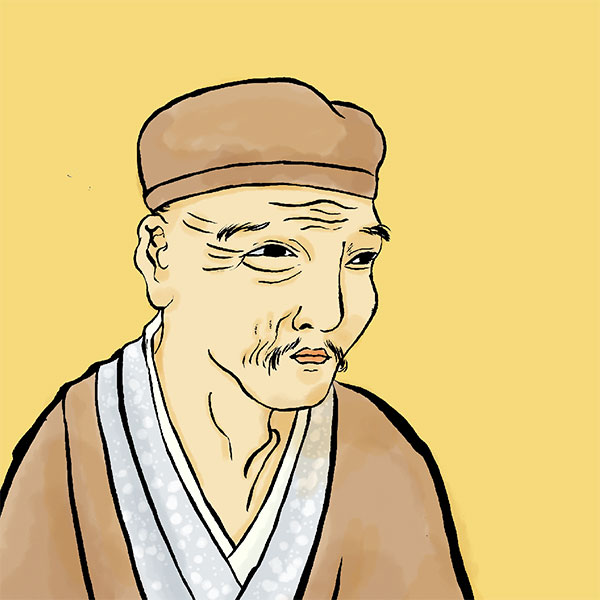Battle of Sekigahara (2/2)The battle that divided the world - What was the trigger, summary, and what happened next?

Battle of Sekigahara
- Article category
- case file
- Incident name
- Battle of Sekigahara (1600)
- place
- Gifu Prefecture
- Related castles, temples and shrines

Ogaki Castle

Kiyosu Castle

Ueda Castle
- people involved
Sekigahara is a transportation hub surrounded by small mountains, and was a strategically important location as the junction of Nakasendo, Hokkoku Kaido, and Ise Kaido. If the Western army captured Sekigahara, the Eastern army would be unable to move to Kyoto or Osaka. It was inevitable that a battle would break out here.
Now, before we get into the Battle of Sekigahara, let's take a look at the military commanders of the Western and Eastern armies.
- [Western Army]
- Approximately 84,000 to 10,000 *There are various theories
Commander-in-Chief: Terumoto Mori
Mitsunari Ishida, Hidemoto Mouri, Hideie Ukita, Yoshitsugu Otani, Yukinaga Konishi, Yoshihiro Shimazu, Hideaki Kobayakawa, etc.
Mitsunari's national power was low, with only 190,000 koku, and unfortunately he was unpopular due to his troubles such as dispatching troops to Korea. For this reason, his close friend Yoshitsugu Otani advised him to make another military commander the commander-in-chief. As a result, Terumoto Mori, who had 2.5 million koku, became the commander-in-chief of the Western Army. However, Terumoto did not move from Osaka Castle to protect Toyotomi Hideyori, and Mitsunari was actually in charge of the battle.
- [Eastern Army]
- Approximately 74,000 to 14,000 *There are various theories
General: Tokugawa Ieyasu
Nagamasa Kuroda, Naomasa Ii, Masanori Fukushima, Tadaoki Hosokawa, Yukinaga Asano, etc.
Unlike Mitsunari, Ieyasu had excellent communication skills. There were also military commanders who were good at coordinating with the eastern army even though they were in the western army. I will explain it later.
September 15th: The Battle of Sekigahara begins!
The Western army was the first to set up in Sekigahara; on September 2, Yoshitsugu Otani and others set up in Yamanaka Village, southwest of Sekigahara, and on the 7th, Hidemoto Mori and Hiroshige Yoshikawa set up on Mt. Minamigu. On the 14th, Hideaki Kobayakawa drove out Morimasa Ito and entered Matsuoyama Castle overlooking Sekigahara. Mitsunari had been renovating Matsuoyama Castle with the idea of placing the main force of the Western Army there, but he felt uneasy about Hideaki, who was also in the Western Army but had repeatedly made ambiguous movements, entering the castle, so he left Ogaki Castle on the same day. . I went out to meet Hideaki, but in the end I couldn't meet him.
On the other hand, the eastern army led by Ieyasu arrived at Akasaka in Mino-Ogaki on the 14th, and took up position at Sekigahara by the morning of the 15th. Looking at the formations of the Western and Eastern armies at this time, we see that Hidemoto Mori, Hiroie Yoshikawa, and others of Minamiguyama were behind the Eastern army, and the Western army was well positioned to surround the Eastern army. If you just look at the formation, the western army has an advantage.
Then, in the early morning of the 15th, the two armies faced each other in a thick fog caused by the rain of the previous day. The battle began around 8 a.m. (also 10 a.m.) when the weather cleared. Masanori Fukushima, the spearhead of the eastern army, was supposed to launch a battle against Hideie Ukita, but Ii Naomasa took advantage of Masanori Fukushima and took the lead by firing on Tadayoshi Matsudaira, Ieyasu's fourth son, and the Ukita army.
As the Fukushima army clashes with the Ukita army, Kuroda Nagamasa and his men begin an attack on the main camp where Mitsunari is located. Ishida's army is attacked by Sakon Shima, a senior vassal. At the beginning of the battle, the Western army had an advantage as it had prepared in advance.
Western military commanders betray one after another
However, traitors emerge from the Western army one after another. First, Hidemoto Mori and Hiroie Yoshikawa, who were holding down the rear of the eastern army, did not move at all. In fact, Hiroie had informed the Eastern Army in advance. Hiroie was a vassal of the Mori family, and was a person who advocated that ``the Mori family should join the eastern army.'' In the end, Terumoto Mori became the commander-in-chief of the Western Army, but Hiroie, who was concerned about the fate of the Mori family, made a secret agreement with Nagamasa Kuroda that the Mori family's territory would be protected in exchange for not moving troops on the battlefield. They were exchanging it. Since Hiroie, who had placed his soldiers on the front lines of Nangong Mountain, did not move, the surrounding military commanders were also unable to move. Hidemoto, who was unaware of the secret agreement, repeatedly requested him to go to battle, but Hiroie kept making various excuses.
Eventually, Hidemoto was urged to go to battle by Motochika Chosokabe, who was stationed nearby, but he could not say that he could not move because his subordinates were not moving, and in his distress he said, ``The soldiers are eating their lunches, so I want you to wait.'' ” I excused myself. This is the so-called "Prime Minister's empty lunch box." Motochika suspected that the Mori had joined the eastern army, and carelessly did not move his army. In the end, the battle of Sekigahara came to an end with the Western army stationed at Mt. Minamiguyama remaining motionless.
Among the traitors, the difference between victory and defeat in the war was Hideaki Kobayakawa, who led a large army of 15,000 soldiers, defecting to the Eastern Army. Even before the war started, Hideaki had been unsure whether to join the Western Army or accept Ieyasu's invitation and join the Eastern Army. Even after the battle started, they did not move for a while and ignored Mitsunari's signal for an all-out attack.
At that moment, Ieyasu fires a gun at Hideaki's camp, urging them to ``make a decision quickly.'' This is an anecdote called ``Question Teppou,'' but it is questionable whether it is a creation of a later generation. The popular theory is that he decided to betray him around noon, but documents from the time of the Battle of Sekigahara say he betrayed him immediately after the war began. By the way, the reason for his betrayal is not clear, and Hideaki was registered as a demon in 1602 at the age of 21 without saying anything.
Hideaki, who was supposed to be an ally, attacked from the flank of the Western army, which was fighting the Eastern army, and the Western army was confused. The army of Mitsunari's close friend Yoshitsugu Otani suffered the most damage. Yoshitsugu's army temporarily pushed back Kobayakawa's army, but when military commanders such as Yasuharu Wakisaka, Mototsuna Kuchiki, Yutada Ogawa, and Naoyasu Akaza defected to the Eastern Army, they suffered a devastating blow, and Yoshitsugu committed suicide. I was forced into a corner.
Furthermore, Yukinaga Konishi's army and Hideie Ukita's army also collapsed. Ishida's army continued to fight, but was defeated in the end. The last remaining Yoshihiro Shimazu attempts to break through the enemy with approximately 300 soldiers and is prepared to die in order to leave the battlefield. In order to let Yoshihiro escape, the soldiers used a ``sacrifice'' strategy in which they stayed on the spot and fought the enemy until they died, buying time, and as a result, Yoshihiro escaped with only a few dozen soldiers. This was the so-called ``Shimadzu retreat,'' and although they lost, the strength of the Shimazu family became known throughout the country.
Approximately six hours after the start of the battle, the Battle of Sekigahara ended with victory for the Eastern Army.
The final moments of Western military commanders
What happened to the Western military commanders who lost the battle? First, Mitsunari Ishida escaped from Sekigahara, but was captured by the Tokugawa army on September 21st and escorted to Kyoto, where he was beheaded at Rokujo Kawara on October 1st. He passed away at the age of 41. At this time, Yukinaga Konishi and Eiji Ankokuji were also beheaded.
Hideie Ukita fled to Satsuma with the help of Yoshihiro Shimazu, but was eventually exiled to Hachijojima, where he died at the age of 84 in 1655. He is the longest-lived military commander who fought at the Battle of Sekigahara.
After the Battle of Sekigahara, the commander-in-chief, Terumoto Mori, withdrew from Osaka Castle on the condition that his territory would be relieved. Thanks to the efforts of Hiroie Yoshikawa and others, he was able to receive a reduction in his punishment, and since then he has retired and become a priest. Hiroie had a secret agreement with the Eastern Army, and originally planned to add two more countries, Suo and Nagato. However, Terumoto obtained both countries at his own request.
In addition, Chosokabe Morichika was transferred, Uesugi Kagekatsu had his fiefs reduced, and Shimazu Yoshihiro returned to Satsuma Province and came into conflict with Ieyasu, but was later relieved of his territory through negotiations.
The Battle of Sekigahara was won by Ieyasu in just 6 hours. Behind the scenes, various thoughts of military commanders were swirling. The stage of the Battle of Sekigahara, which becomes more interesting the more you learn about it, is now a tourist spot called the ``Sekigahara Ancient Battlefield''. Why not visit the sites of each military commander and reminisce about those days?
Reread the article on the Battle of Sekigahara
- people involved

- WriterNaoko Kurimoto(Writer)I am a former travel industry magazine reporter. I have loved history, both Japanese and world history, since I was a child. I usually enjoy visiting temples and shrines, especially shrines, and often do ``pilgrimages to sacred places'' themed around historical figures. My favorite military commander is Ishida Mitsunari, my favorite castle is Kumamoto Castle, and my favorite castle ruins is Hagi Castle. My heart flutters when I see the ruins of battle castles and the stone walls of castle ruins.





